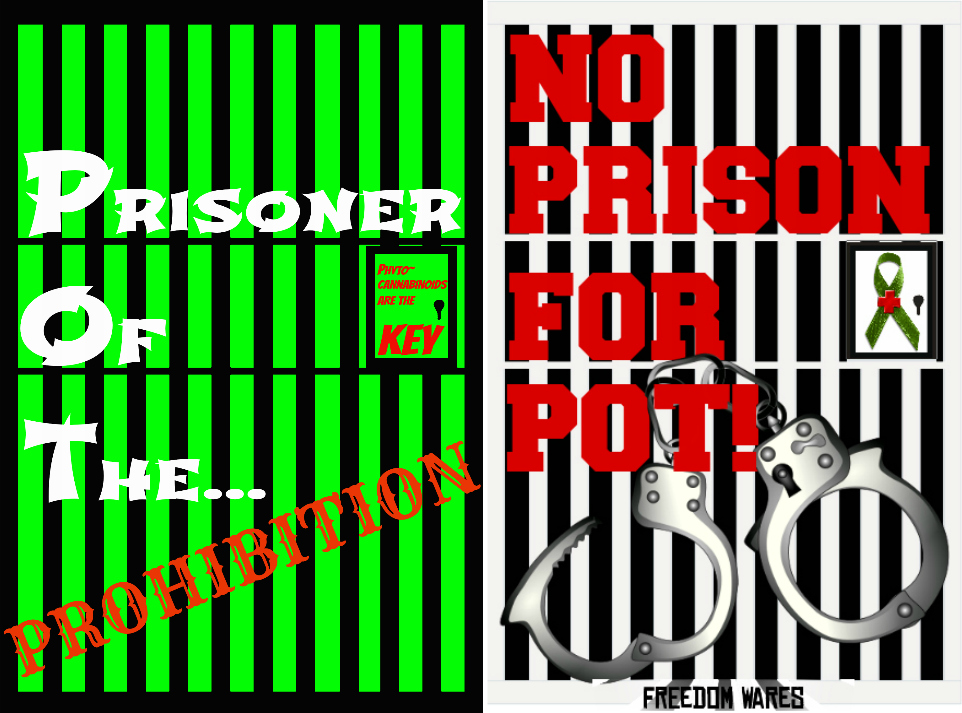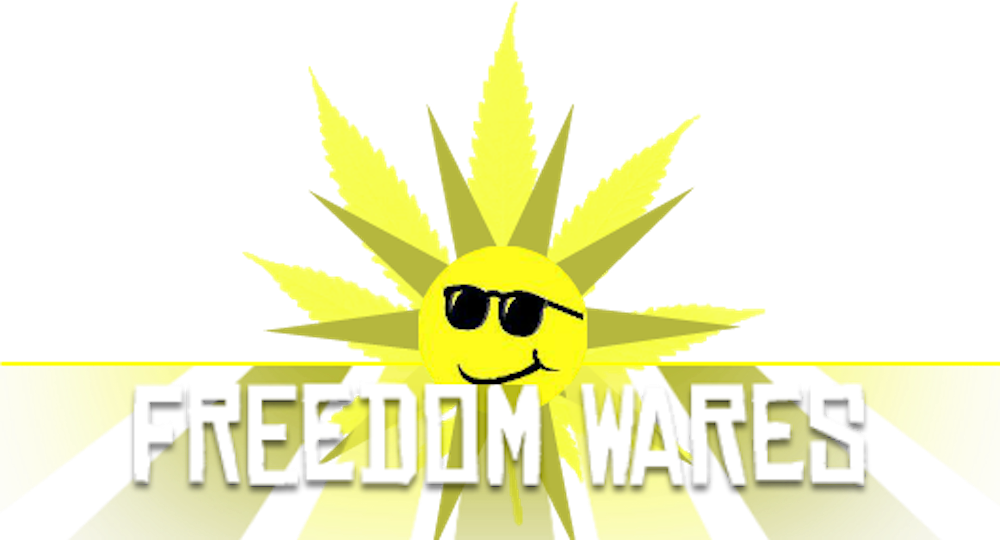Abstract
 BACKGROUND:
BACKGROUND:
Motor symptoms in Huntington’s disease (HD) are heterogeneous with dystonia being described as a symptom with a very high prevalence not only in juvenile cases.
OBJECTIVE:
Treatment options for dystonia are limited. Cannabinoids have been described as a potential treatment for patients with dystonia of a different origin. Here, we present early onset HD patients with a marked improvement of motor symptoms mainly due to alleviation of dystonia due to treatment with cannabinoids. In addition we review the current literature concerning the use of cannabinoidsin HD.
METHOD:
The Unified Huntington’s Disease Rating Scale (UHDRS) motor score, including a chorea and dystonia subscore, was conducted before and after the start of cannabinoids in seven patients without any other changes in medication.
RESULTS:
The UHDRS motor score and the dystonia subscore (±SD) improved from 70.9 (25.5) to 60.6 (26.9) with a mean change of 10.3 [95% CI 6.0-14.6] and from 12.3 (4.0) to 8.0 (3.6) with a mean change of 4.3 [95% CI 2.3-6.3], respectively (both p = 0.018).
CONCLUSION:
Improvement of motor symptoms, mainly dystonia, led to several relevant improvements from a global clinical perspective such as improvement of care, gait and fine motor skills and weight gain. Moreover, we observed changes in behavior with less irritability and apathy, as well as less hypersalivation in some cases.
KEYWORDS:
Cannabinoid; Huntington; Huntington’s; chorea; dronabinol; dystonia; nabilone; sativex
- PMID: 29562549
- DOI: 10.3233/JHD-170283

